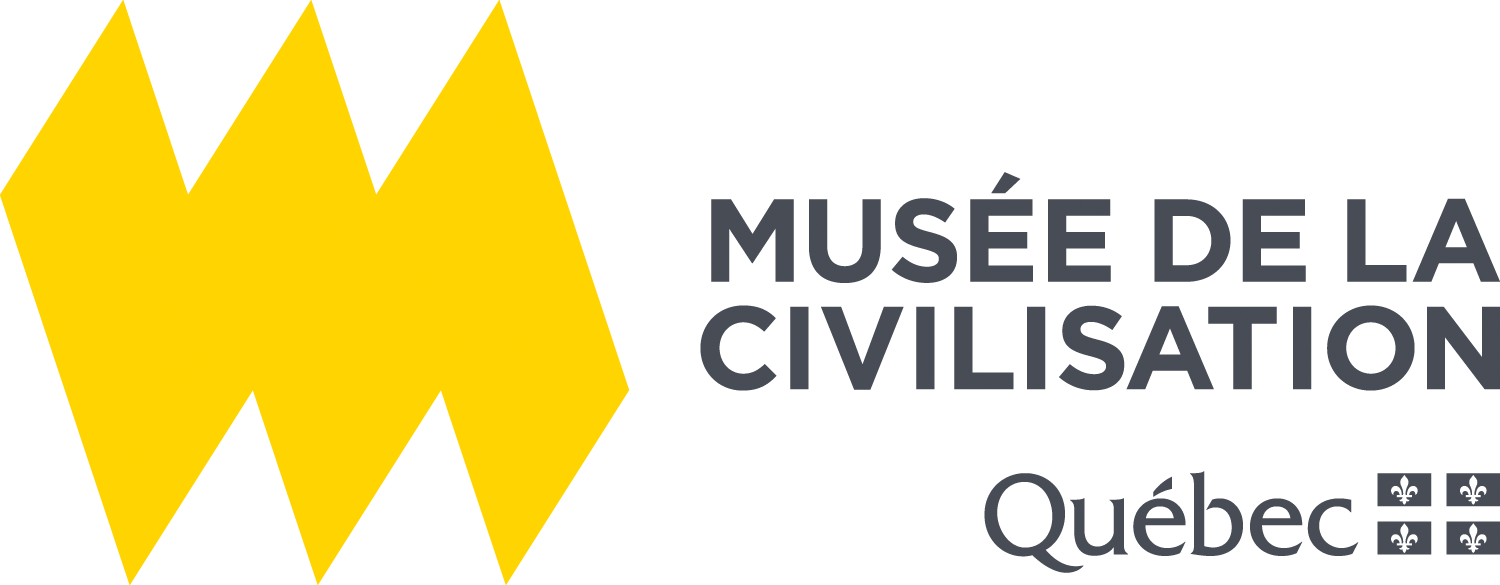Quebec’s native cultures have been living in the area for thousands of years. It is therefore not surprising that, despite attempts to make them disappear, the First Peoples have left visible traces in Quebec’s modern culture.
For example, many place names (cities, parks, streets) in Quebec are derived from Aboriginal languages. The Saguenay city and river are named after a place that was legendary for the Iroquoians: the Kingdom of Saguenay, an Innu word (Montagnais) that means “water coming out, overflowing”. Chief Donnacona told the legend to Jacques Cartier, who named the river, while the natives called this river Pitchitaouichetz. The names Ottawa, given to the city, and Outaouais, given to the region and the river, was originally the name of an Aboriginal Nation that lived in the surrounding area.
Aboriginal objects, symbols and images also hold an important place in Quebec culture, for example in the craft industry. Aboriginal designs (lines, dots, geometric figures) are found on a variety of clothing, whether Aboriginal or not. Many objects are made of bark, wood, sinew and leather. The images of totemic animals are also found on different objects. The forest, hunting and fishing are also very important in the lives of many Quebecers.

